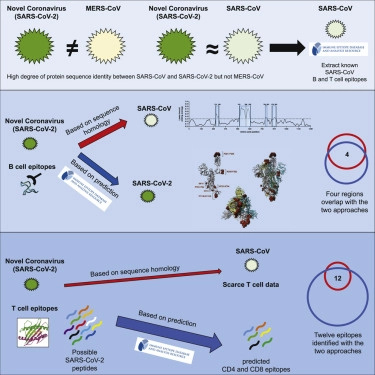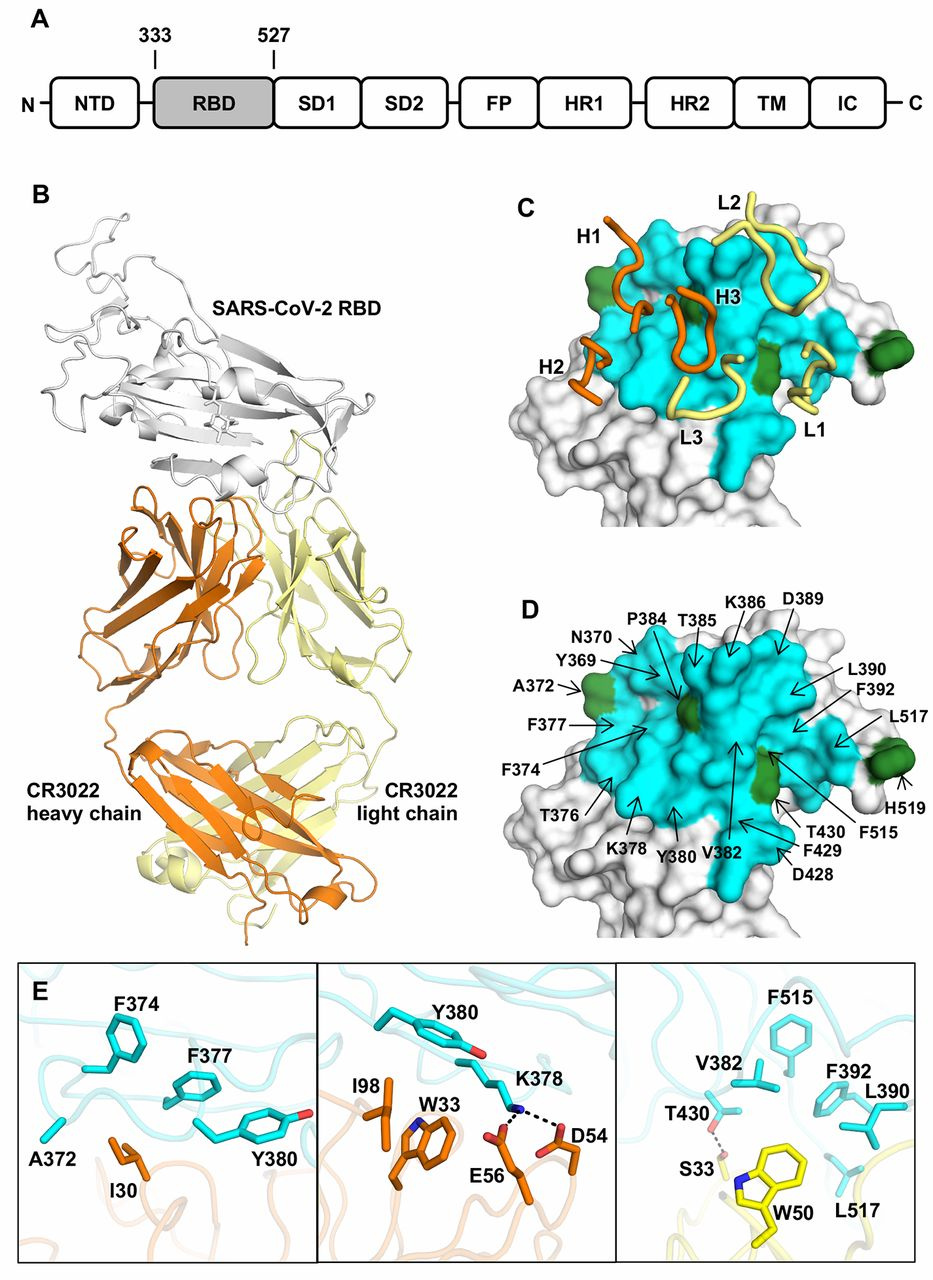This is the first paper for ventilator design that I’ve seen on arxiv, so seemed useful for a quick review. The goal of the work is to create a design for a simple electro-mechanical ventilator that can be built with off-the-shelf hardware components. It’s not a certified medical device though.
The background section explains that there are two types of ventilation. Positive end-expiratory pressure (PEEP), where the pressure in the lungs is maintained above atmospheric pressure at the end of the respiration cycle. The other method is pressure support ventilation (PSV), where the patient initiates each breath, and the ventilator provides support with preset pressure value.
The current design pulls from the old Manley ventilator, with the difference that this design uses electrically driven pneumatic valves. This current design follows guidelines for “Rapidly Manufactured Ventilator Systems” recently released by the UK medicine&healthcare products regulatory agency. The MVM delivers PEEP pressure to patients in the range 20-30 mbarg (1 mbarg is atmospheric pressure plus pressure given by \textrm{H}_2\textrm{O} column 1cm in height.
The MVM. consists of a small number of components: a medical care flowmeter, an oxygen therapy humidifier, a non-vented non invasive ventilation mask. The parts have been selected so that the total cost only amounts to a few hundred euros.


